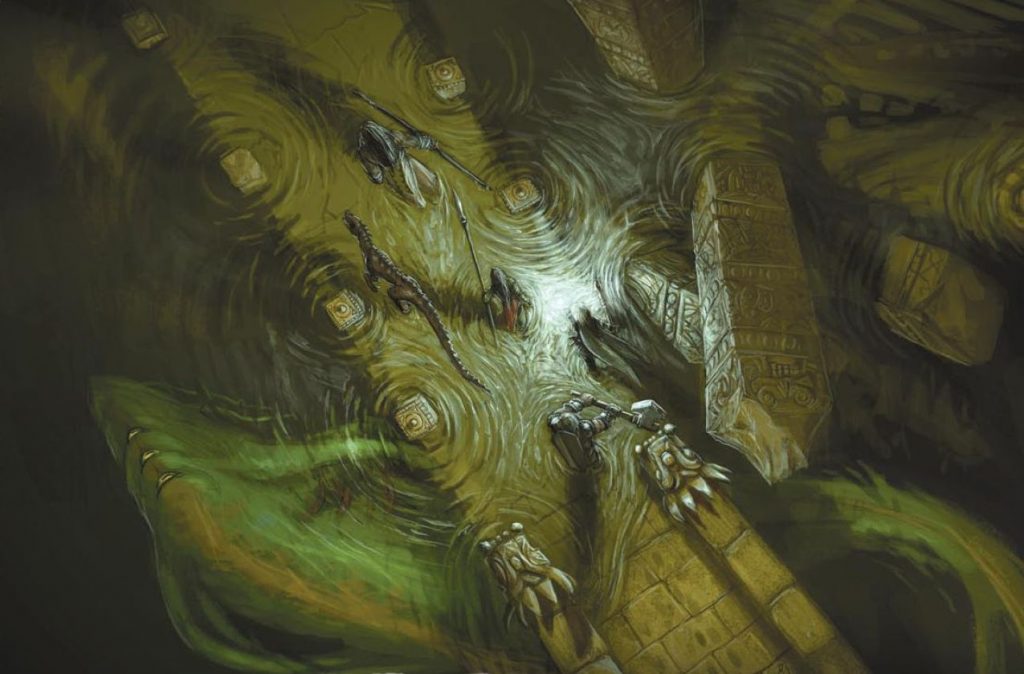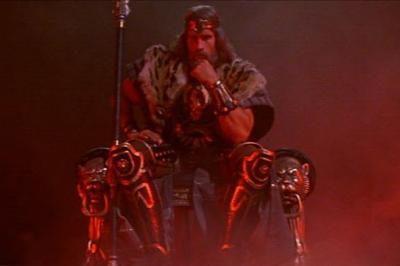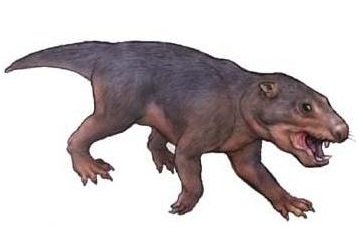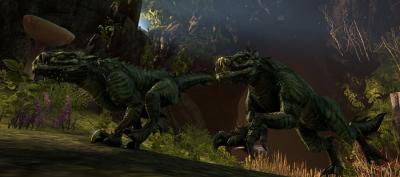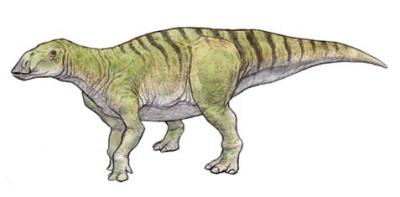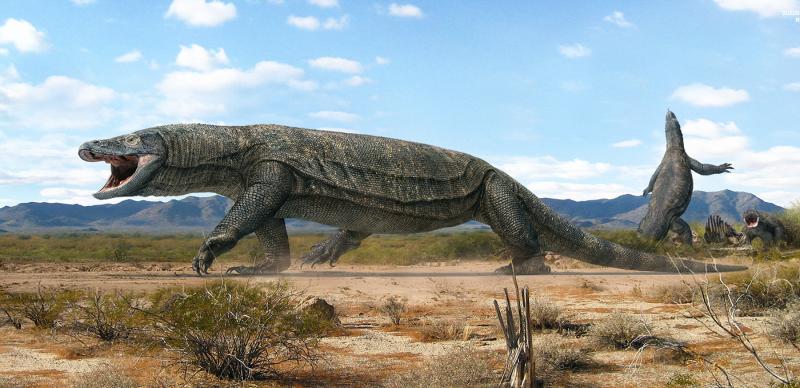In recent weeks, I’ve once more become very interesting in sandbox campaigns. My last campaign never got to the point where the players could really set out to pursue their own goals as most of them were new to the game, so my own experience with running sandbox campaigns is still very limited. And so, once again, I went out to search for more helpful material on the topic on the internet.
And one thing that I noticed, and that I had been struggling with two years ago, is that despite the very considerable number of guides and tutotrials on the subject, almost all of them are limited to the making of a hexmap. How to make your coastlines, where to place mountains, how to draw rivers, roads, and borders, and long elaborations on how characters travel from each hex to the next and why you need random encounter tables. And then somewhere near the end, there’s a throwaway sentence like “Oh yeah, and then throw in some towns and dungeons and you’re done”.
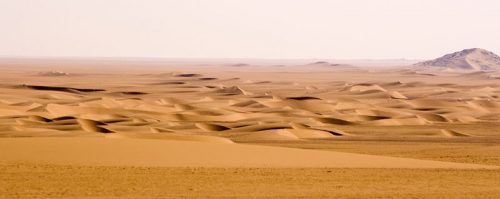
Well… no. You’re not done. Maybe it’s my own familiarity with geography, but drawing the overland map is really by far the easiest part. Once you know the basics you can get something very nice done in two hours or so. Slap a hex grid on top and you’re done. Now these guides are not actually bad. If you know nothing about geology, climate, and ecosystems, these are all great resources to making maps that are geographically plausible. But as I am seeing it, this is all still just step 1 of 12. Even when your campaign is a hexcrawl, and not every sandbox campaign is one, the actual game does not consist of endlessly wandering from hex to hex and running into random encounters. (Reportedly a lot of sandbox campaigns do start this way and then never make it past the second session.) The whole point of a sandbox is not to wander around, but to get somewhere. Guides on mapmaking only give me the sand, with barely any hint of what I could place into it.
A while back I somewhere saw the idea that it’s better to not talk in game design about exploration, but about discovery. Probably nobody goes exploring just for the sake of wandering around and maybe something will happen. The whole reason why exploration is fun is the anticipation of discovering something. And in my opinion, the difference between finding something and discovering something is that a discovery is something meaningful. You not only have to find something, you also have to learn something from it. You need to gain some kind of knowledge or understanding for the discovery to be meaningful. Now in many videogames, you can get away by putting a gold piece behind the sofa and then the player feels happy when he thinks about checking behind the sofa. But I think in a roleplaying game where you have a gamemaster who is limited only by his imagination, this isn’t really exciting.
To give the things the players can find in the campaign area of a sandbox game some kind of meaning, they need to have a purpose and be where they are for a reason. And to make it even better, they need to have some kind of connection to other things in other parts of the campaign area. And sadly, this is something that all the guides and tutorials on sandbox campaigns that I’ve ever seen so far never even touch upon. How do you prepare settlements that are connected to the world around them? How do you prepare NPCs that are engaged in interesting things in which the players can get involved? How do you prepare ruins and dungeons that contain things to discover that make the players learn something new about the campaign area?
As I see it, these are the really important parts of preparing a sandbox campaign. And never have I seen anyone giving halfway decent advice on the topic. Or actually, any advice.
Now over the last few weeks I’ve been giving the subject some thoughts and there are some pretty good sounding ideas forming in my head. Which I might be sharing here in the near (or not so near) future. But then, I’ve never actually done anything like this and probably won’t be running a new campaign until next year, so anything I might have to add to the (mostly nonexistant) discourse will be purely hypothetical. Probably will be better than nothing for many people, but I really wish those GMs who have been doing this stuff for years and decades would share some of their experiences and wisdom with the rest of us.

